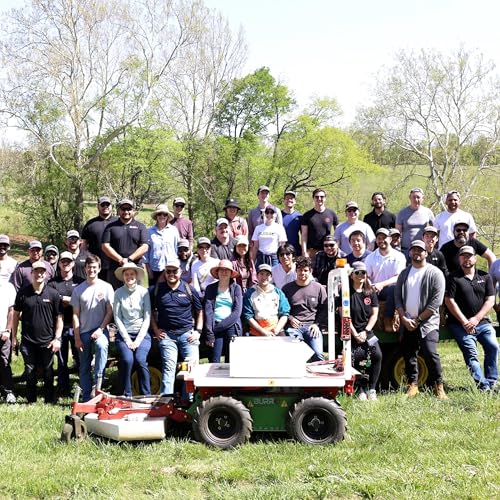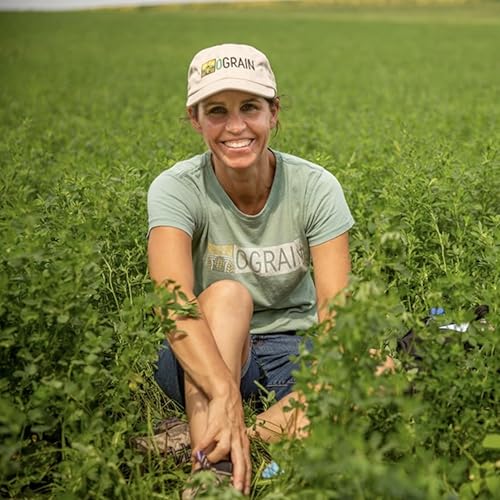Today’s episode is another installment in our Tech-Enabled Advisor series. The idea here is to better understand agtech through the lens of the BUYER and USER of that technology rather than just the entrepreneurs or investors behind it. I’ve received some super positive feedback about the return of this series. By talking to the buyers rather than the sellers of the tech, we got an unfiltered introduction to the technology and more importantly got to see HOW its used and the VALUE that it provides.
To do this, I partner with a company and together we invite one of their customers onto the show. The catch is that they’re not allowed to script these individuals or dictate what to say or edit it after it is recorded - it has to be real and unfiltered.
So today’s episode featuring Todd Kirwan of Apex Precision Agriculture is produced in partnership with AgWorld.
And I’m really excited to be partnering with them again, as they were a part of the last time I did this tech-enabled advisor series. But for anyone who might not be familiar, Agworld has been operating since 2009, developed by and for growers & agronomists, and is independently owned. The Agworld ecosystem digitally connects growers with their staff, agronomist, contactor, ag retailer and anyone else that is involved in the farming process. The tool is set up to enable collaboration in the digital farming process, so farmers can maximise financial and crop performance. With Agworld you can plan your crop, mitigate your risks, and improve your profitability. And you’re going to get a great illustration of what that looks like on the ground and in practice in today’s episode with Todd Kirwan.
Todd and I discuss what types of cultural changes need to happen in a farming operation to get the most out of technology, where things go wrong in the attempts to get the most value out of farm data, why he believes the challenging farm economy makes tools like AgWorld even more critical and some of the changes he sees happening in the future of agriculture.
A little background on Todd:
Todd Kirwan is the founder of Apex Precision Agriculture, a consultancy focused on helping growers and agribusinesses transform their operational data into their most profitable asset.
With over 25 years in large-scale production agriculture, his career has been dedicated to bridging the gap between field-level agronomy and high-level financial strategy. Over that time, he’s seen the industry from every angle, from moving pipe on the family farm to directing operations for a multi-state farming enterprise.
Through his experiences in farm management, he recognized a critical need for a partner who understands not just the data, but the human dynamics of implementing change. And that led him to starting Apex Precision Agriculture.
Todd grew up working in his family’s farming operation and then started his own custom applicator business. That led him into farm management and leadership for a rapidly expanding farming company called Lance Funk Farms. He then stayed on after Lance Funk sold to AgReserves, which is the agricultural company owned by the LDS church. It was that time at Lance Funk Farms, when they were hyper focused on growth that Todd really embraced how technology can improve a farming operation.
 45 min
45 min 43 min
43 min![[Tech-Enabled Advisor Series] Connecting Agronomy to Financial Strategy With Todd Kirwan](https://m.media-amazon.com/images/I/417CjkuKzXL._SL500_.jpg) Nov 12 202539 min
Nov 12 202539 min![[History of Agriculture] Norman Borlaug and the Green Revolution](https://m.media-amazon.com/images/I/51h2QjmVvcL._SL500_.jpg) 37 min
37 min 44 min
44 min 31 min
31 min 43 min
43 min 38 min
38 min
